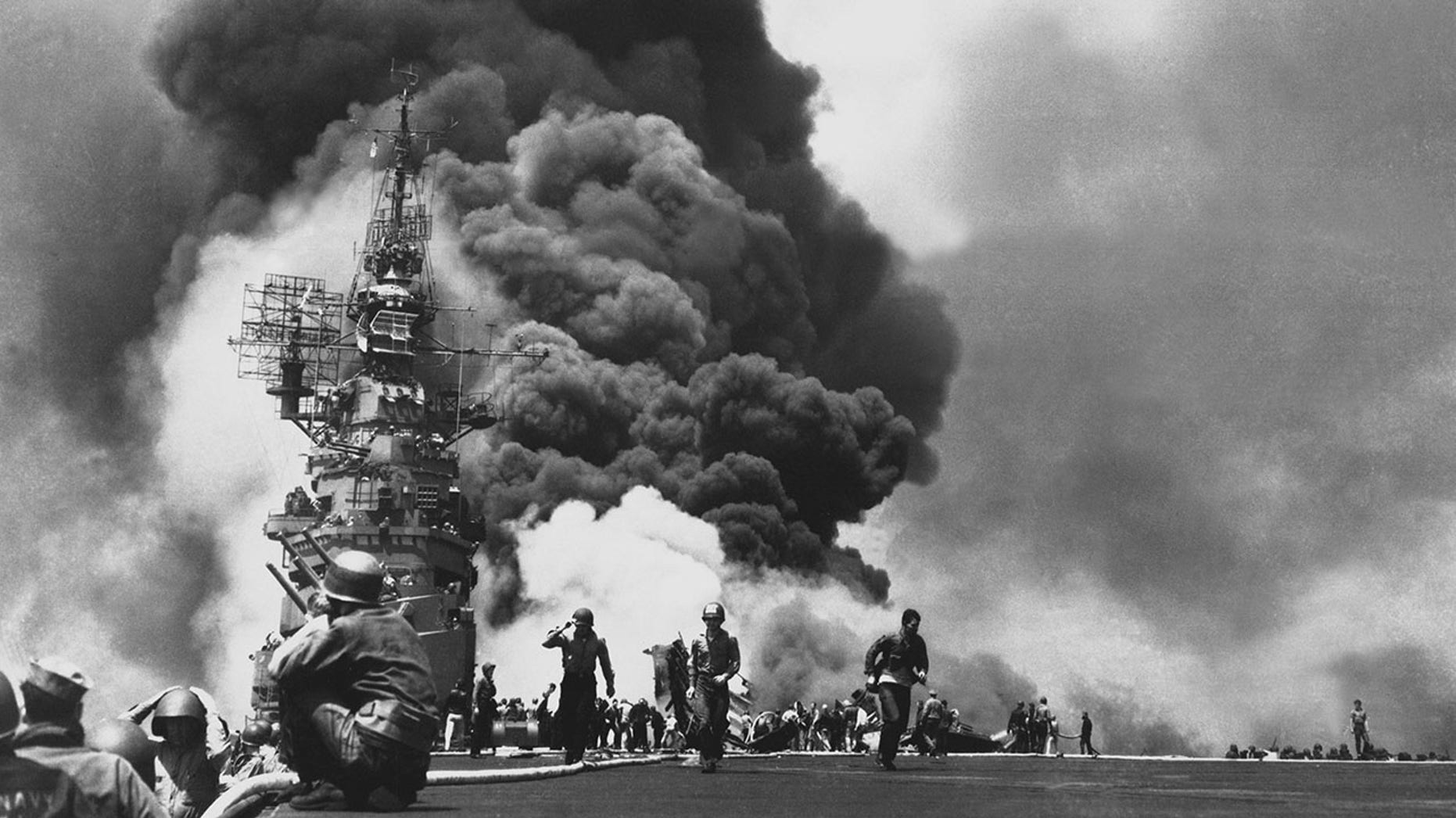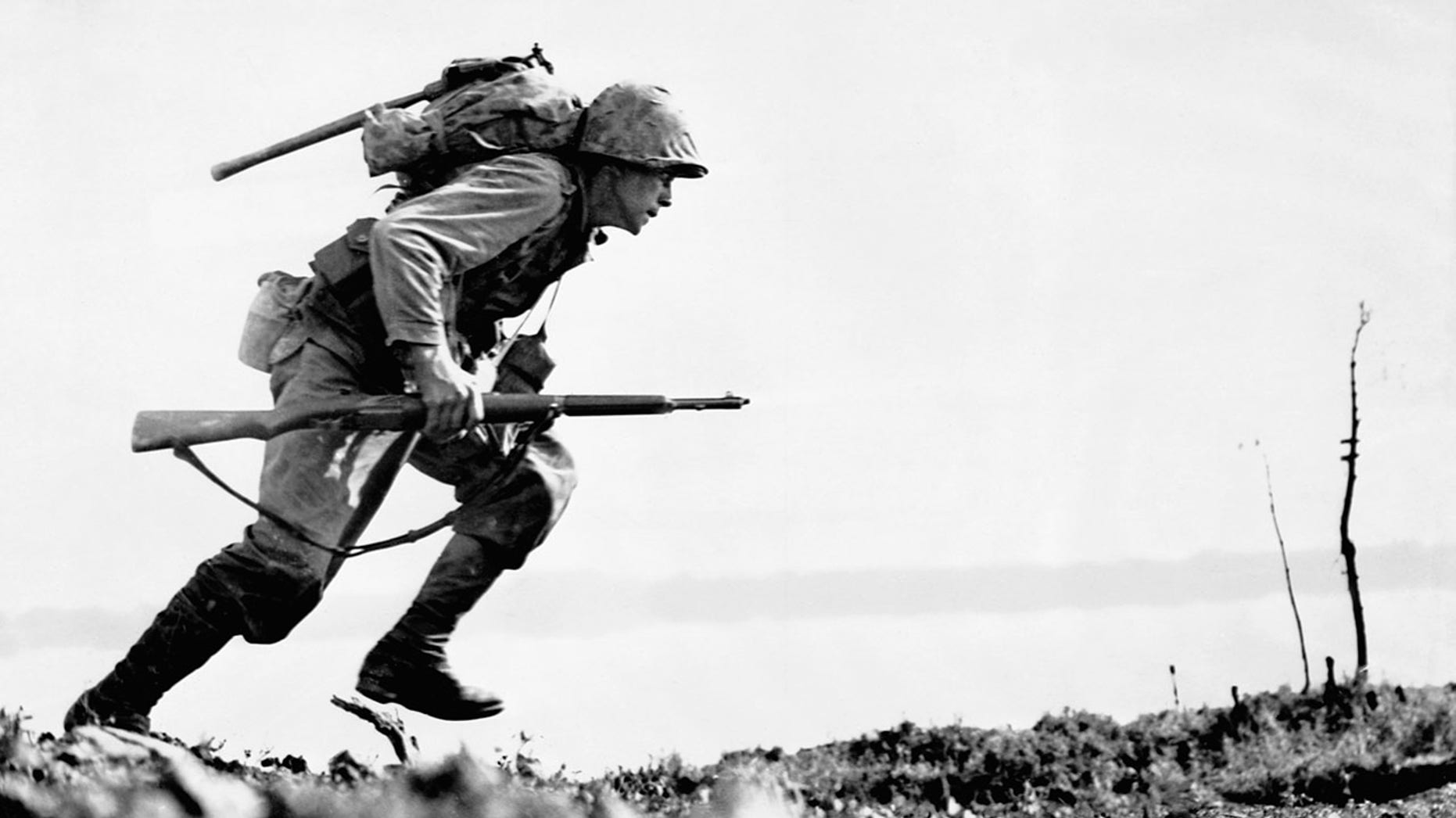
Kerry J. Byrne of Fox News has an article on the Epic Battle of Okinawa, the Bloodiest Conflict in the Pacific Theater in World War II. With its by now typical amphibious beach landings, the United States military
launched a massive invasion of the Japanese home island of Okinawa, with an initial landing of 60,000 soldiers [including Desmond Doss] and marines, on … April 1, 1945.
The Battle of Okinawa proved the last major engagement of World War II and the largest battle of the entire war in the Pacific Theater.
Kamikazes, mass civilian suicide, the use of children in combat, the deaths of top-ranking officers and atrocious casualties on both sides defined the nearly three-month-long brutal engagement, which ended in U.S victory on June 22.
Its catastrophic battle had a dramatic impact on the shape of the world to come — convincing President Truman that the atomic bomb would hasten the end of the war and save millions of lives.
… The conquest of Okinawa, with its population of about 300,000 people, proved a horrific challenge.
"By the time Okinawa was secured by American forces on June 22, 1945, the United States had sustained over 49,000 casualties, including more than 12,500 men killed or missing," reports the National World War II Museum.
It adds, "Okinawans caught in the fighting suffered greatly, with an estimate as high as 150,000 civilians killed" — about half the pre-invasion population of the island.
… American war planners were shocked by the fanatical suicides of both civilians on the island and kamikaze pilots attacking U.S. warships supporting the invasion.
… The Japanese launched 1,900 kamikaze attacks during the Okinawa campaign, according to the National Museum of the U.S. Navy.
… They struck 149 American ships, leaving nearly 10,000 Americans dead, wounded or missing.
… The impact of the Battle of Okinawa is still being felt today.
"The losses at Okinawa convinced U.S. war planners that any invasion of Japan would incur unacceptable casualties," writes the Imperial War Museum of London.
"Their estimates, at worst as many as 1 million U.S. servicemen, were a key factor in President Truman's decision to use the atomic bomb."
Over 15 years of No Pasarán's Hiroshima posts here…
Related: When in the neighborhood, visit the National Museum of the Pacific War
 |
| The rubble of a destroyed train station with a crying child not in Hiroshima in 1945 but in Shanghai in 1937 |



